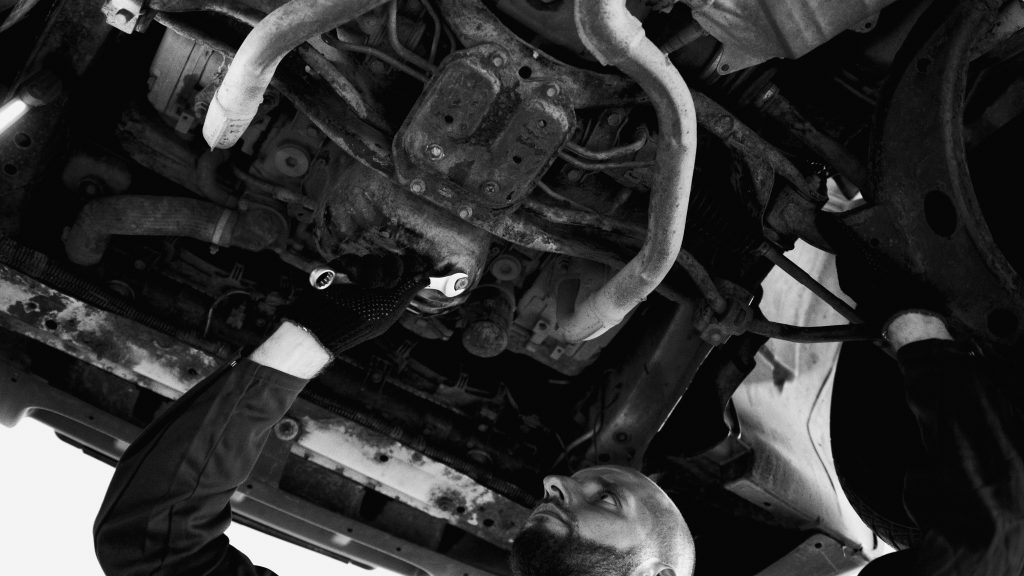1960 Chevrolet El Camino
Production of the Chevrolet El Camino began in 1959 and continued through 1960, then resumed in 1964 and continued until 1987. It is possible to classify the vehicle as a compact automobile; nonetheless, it has the bed of a pick-up truck. El Camino is a Spanish word that translates to “The Road.” El Camino was debuted by Chevrolet in 1958, two years after Ford had first released its Ranchero. The Impala was the source of inspiration for both the interior and external aesthetics and the basis of this vehicle. In the first year that it was available, a total of 22,246 copies were manufactured. This article focuses on the 1960 Chevrolet El Camino.
A year later, sales plummeted to 14,163, and Chevrolet decided to cease manufacturing due to poor performance. The first version of the Ford Ranchero was not successful enough to match the achievements of the Ford Ranchero. This had been a rather unfortunate turn of events, particularly considering that the El Camino had been subject to significant aesthetic modifications during its second year of production.
Performance and Fuel Economy
The 1960 Chevrolet El Camino was redesigned to mirror the modifications made to the Chevelle for the 1970 model year. Even though the emblems remained to read 396, the 396 cubic-inch engine was increased to 402 cubic inches. There was an expansion of the available engine choices. The LS5 model’s 454 cubic-inch V8 engine generated 360 horsepower, while the LS6 model’s 454 cubic-inch V8 engine generated 450 horsepower. Only 13.4 seconds were needed to complete the quarter-mile when the LS6 engine was installed. Only a close-ratio four-speed manual or a Turbo-Hydromatic was available as a transmission option for the powerful 454.
The age of muscle cars was coming to an end as more laws from the government regarding safety and pollution took effect. Because of this, the engines were forced to be detuned, which led to a gradual loss in horsepower. The 350-cubic-inch engine produced 245 horsepower, while the LS5 engine produced 454 cubic inches and produced 365 horsepower.
Design
Although Chevrolet regarded the 1960 Chevrolet El Camino as a member of the lower commercial-car model line, the body was dressed up with midlevel Bel Air-style side trim to give the impression that it was a more upscale vehicle. This includes filling the whole length of the bodyside moldings with snow crest white paint and taping them off. Nameplates reading “El Camino” were fastened to the vehicle’s front fenders in the same location as “Bel Air” scripts would be shown on a passenger vehicle. The trailing edge of the roof was framed by a wide molding that was brightly colored and flowed up over the side windows.
Moldings and Interior Colors
Other moldings flowed straight into the chromed strips surrounding the top of the pickup box as they went beneath the side windows and continued upward. In addition, chromium was used to frame the wide, curving window in the back. On the other hand, the interior had a conventional bench seat with three seats across that was upholstered in leather-grain vinyl and patterned vinyl at the Biscayne level. Three colors were available for the interior: gray, green, and blue. The floor coverings consisted of black vinyl with colorful flecks molded into it to match the color of the upholstery. (Unfortunately, moisture had the potential to get trapped under these mats, which led to floor pans rusting over several years.)
The inside of the 1960 Chevrolet El Camino was decorated in a businesslike manner and had a bench seat in addition to a rubber floormat. The only color choices available for the upholstery were gray or (exclusively for vehicles with a green or blue exterior) green or blue vinyl with a cloth insert that matched the exterior color. There was an option for a seat made of foam rubber, and the instrument panel could be upholstered. Buyers of El Caminos had the option of selecting their vehicle from 13 solid colors or ten two-tone combinations, all of which were finished with acrylic lacquer. Steel wheels of 14 inches in diameter were painted to match the primary body color of the El Camino, and whitewall tires were available as an option.
Specification
- Height: 58.74 in
- Length: 210.87 in
- Width: 60.24 in
- Curb weight: 3750 lbs
Engine type: Turbocharged V 8

1960 Chevrolet El Camino Factory Service Manual
These manuals go through every aspect of how the car operates. The vehicle’s purchase price does not include the Chevrolet El Camino Manual for your 1960 Chevrolet El Camino.
- Safety Restraints
- Instrumentation
- Pre-Drive Checklist
- Starting and Operating
- Vehicle Maintenance
- Specifications
- Capacities
- Servicing
- Customer Assistance
The service manuals for the 1960 Chevrolet El Camino are vast and cover every aspect of the vehicle’s operation.
1960 Chevrolet El Camino — Owner’s Manual
When consumers purchase a 1960 Chevrolet El Camino, they get a 1960 Chevrolet El Camino Owners Manual containing all the required information for future maintenance and modifications.
- Important Safety Instructions
- Introduction
- Overview
- Operation
- Maintenance
- Troubleshooting
- Maintenance Record
The owner’s manual for the 1960 Chevrolet El Camino provides more operational suggestions to enhance the user experience.
Frequently Asked Questions
Is the El Camino a muscle car?
In 1968, when the SS engine came out, it made the El Camino one of the most iconic muscle cars!
Which El Camino had a 454 engine?
the 1970 SS had 2 options a 396 or a 454
How long is the bed in the El Camino?
6 Ft

